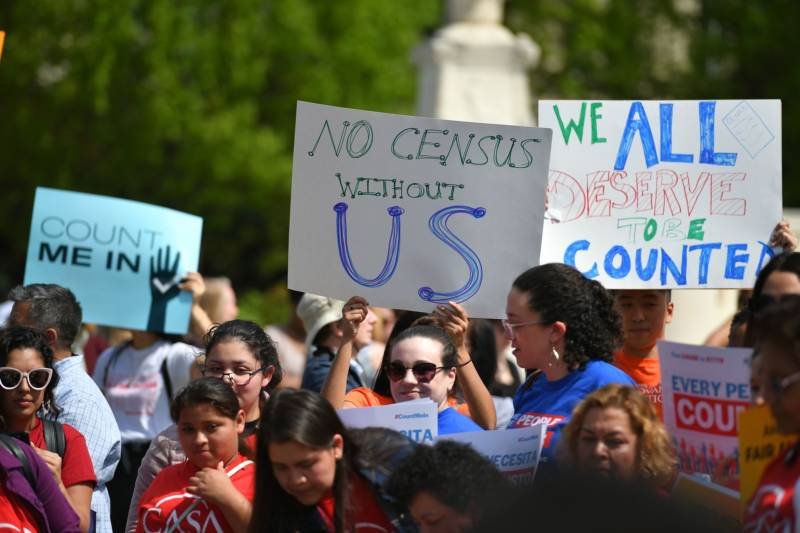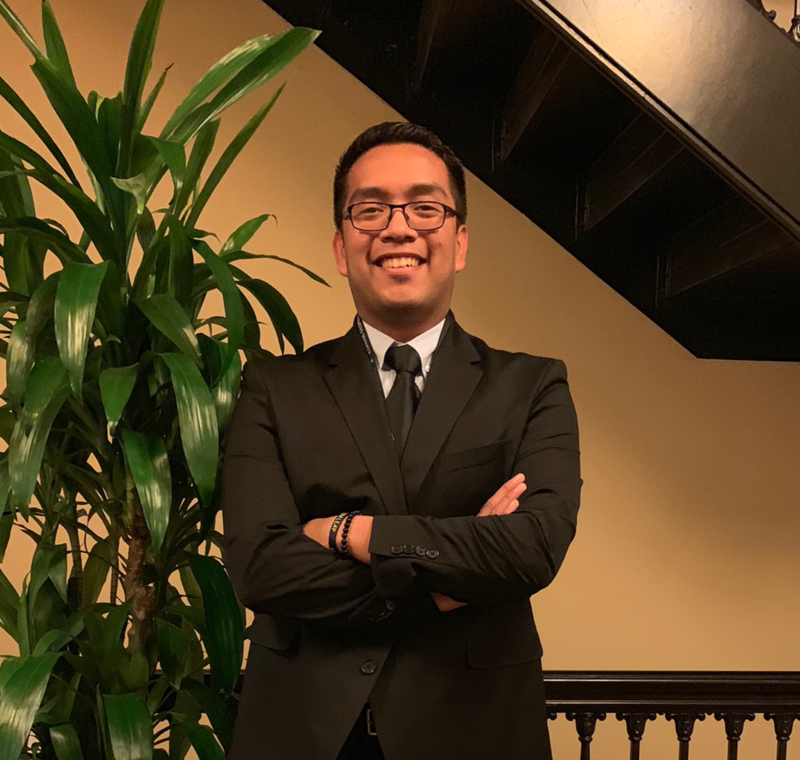The high stakes and California’s notoriously hard-to-count citizenry have propelled dozens of grassroots, municipal and statewide organizations to brainstorm strategies.
The California Complete Count Committee is an advisory panel of 26 members appointed by former Gov. Jerry Brown and state legislators. Similar organizations exist in counties, cities and regions including the Central Valley and the Inland Empire in Southern California.
Using funds from the state or philanthropic organizations, groups are plotting multiple outreach efforts. In rural areas of California, Communities for a New California Education Fund — a civil rights organization with offices in Sacramento, Fresno, Merced and Coachella Valley — plans to send teams door to door and to run phone banks. Language will be an issue for volunteers and staff members. The San Joaquin Valley, where many of the efforts will be concentrated, has migrants who speak Spanish, Hmong, Punjabi and indigenous languages of Central America.
All of these programs are intended to spread the word that “by filling out the form, you are representing your community,” said Diana Crofts-Pelayo, a spokeswoman for the Sacramento-based California Complete Count — Census 2020, which is coordinating the census outreach strategy. “Waiting for 10 years from now isn’t an option.”
California Complete Count is partnering with county offices of education, tribal governments and regional community-based organizations to encourage people to participate.
Other groups will pass out census information to families who visit social service agencies, hold town halls and sponsor mobile centers where people will be able to complete the census online.
Cindy Quezada, director of research and special projects with the Central Valley Immigrant Integration Collaborative, has held meetings in community centers, day care centers and people’s apartments. “If you speak to people and help them understand [the importance of participating], they get it,” she said. “[But] the inclusion of the citizenship question will be a big deterrent.”
In the Los Angeles region, the Census Bureau plans to gather data from homeless-service providers and provide explicit instructions in mailed materials about including young children. Digital advertising will be enlisted to get the attention of renters.
Lisa Hershey, who is on the California Complete Count Committee, said that in some areas, properties might house several families, living in garages, tents or trailers — knowledge that must be gained from on-site visits.
“We have so many boots on the ground right now … [because] we want to identify where people might live,” said Hershey, executive director of Housing California, a Sacramento nonprofit that seeks to find housing for all Californians.
Edward Kissam, a longtime researcher on immigrant issues and a trustee of the WKF Charitable Giving Fund, which supports immigrant integration initiatives, said the addition of the citizenship question would put pressure on the Census Bureau to hire enumerators who could interact “culturally and linguistically” with reluctant households.
Karthick Ramakrishnan, a professor of political science and public policy at UC Riverside who is directing the complete count committee for the Inland Empire counties of San Bernardino and Riverside, expressed dismay that the high court appeared to be leaning toward approving the citizenship query.
“The Supreme Court appears to be weighing in on the constitutionality of the policy, not the wisdom,” said Ramakrishnan, who is also founding director of the university’s Center for Social Innovation.
If the high court allows the question, the next move would be up to Congress, he added.
“The House could play hardball with the administration and say: ‘We will not give another dime for the 2020 census until you take that question away,’ ” he said.

